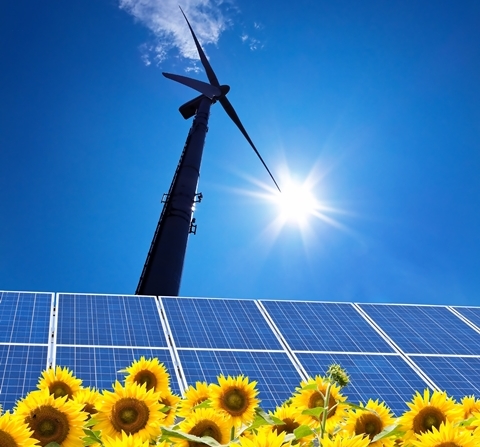ICTpost Energy Bureau
In the age of innovation , the green theme is throwing up a broad and bewildering array of new companies ; many promising clean-energy start-ups are hitting the market with products and services that could radically alter how we think of, and consume, power. Billions of $s of Venture and government support is greatly fostering Green Technology and Energy Innovations.
In the last two decades, there was an explosion in innovation and the emergence of new global companies such as Microsoft, Google, Yahoo and Apple. This innovation explosion was the direct result of exposure to consumer markets. Niches emerged for new companies to serve newly discovered consumer needs. Countless entrepreneurs were exposed to computing as consumers or students, a trend that was not possible when the technology largely resided in big corporate research and development (R&D) labs. This much richer, consumer driven, ecosystem of innovation continues to sustain significant growth in the information technology industries.
Energy sector in India : mainly regulator-driven and service delivery innovations
Tariff setting process that supports use of electricity in staggered manner
Standards and labeling program to set minimum energy performance standards and display energy consumption levels on the appliances.
Remote data acquisition by the utilities to understand end-use load profile.
Advent of energy services companies (ESCOs) to implement technical interventions at the customers premises and to share the savings in a pre-contracted manner.
Policy instruments and promotional measures for encouraging conscious switch-over to energy efficient electrical appliances like CFLs and LEDs for residential and commercial applications
Resource mobilization for promotion of renewable energy through a state-level green power development fund created out of cess collected from the consumers.
Strategy for Innovation
For innovation R&D alone is not enough. New business models are also required. Focus on both technology push and market pull.
Bottom-up energy entrepreneurialism ought to be encouraged. eg in S Asia where millions, mostly in rural areas, who have no access to electricity use local biomass eg In Bihar, Husk Power Systems uses an old diesel generator fitted with biomass gasifiers to generate power for a community of 600 families village level micro-grid.
Public procurement as a policy tool – Govt. should become the primary customer..satellite imagery & communications, IC chips in 60s etc.
Greenhouse gas reduction can be treated as a public good.
Clearly there is much that is different about energy production and distribution when compared to information technology. Energy technology is traditionally thought of as centralized and requiring high capital investment. Distribution is complex and difficult. Regulation strongly affects pricing and investment while consumers traditionally have a low level of interest in utilities. All these elements make the consumerization of the industry very challenging. However, a number of factors have the potential to change this accepted view. They point towards increased innovation driven by direct contact with consumers.
Also, global warming and resource use are rede?ning consumer perceptions of energy. Already we see both entrepreneurs and established companies experimenting with new products and services designed to manage consumption. Just as we saw telecommunications change with the advent of the Internet when the traditional telecoms found their control over distribution undermined by newcomers, so here there will be pressure on traditional energy suppliers from companies with a closer relationship with the end consumer.
Technology leapfrog effect
India, China and Africa are all building out their communications infrastructure on the back of the cell phone and not the copper wire. Reliable energy is right at the top of the list of requirements for all of these emerging markets and it is easy to imagine that new, lower-cost and decentralized production and distribution concepts might emerge where there is such a clear and large-scale need. This is already happening with water purification and supply in India, another traditionally centralized and slow to innovate sector.
Change is inevitable, and the companies and regulators that begin the process of adaptation now are more likely to be significant contributors to whatever new business system develops. Getting much closer to consumers would be a good start. Find ways to understand what is driving consumer behaviour and experiment with new ways of meeting their needs. Invest in innovation in emerging markets. These are the places where the fastest learning will occur. editor@ictpost.com








